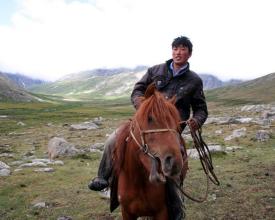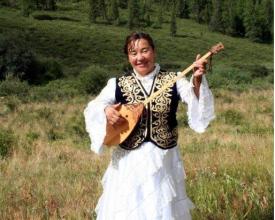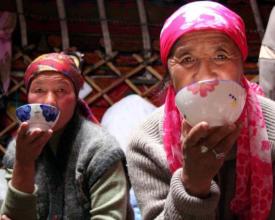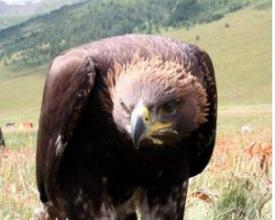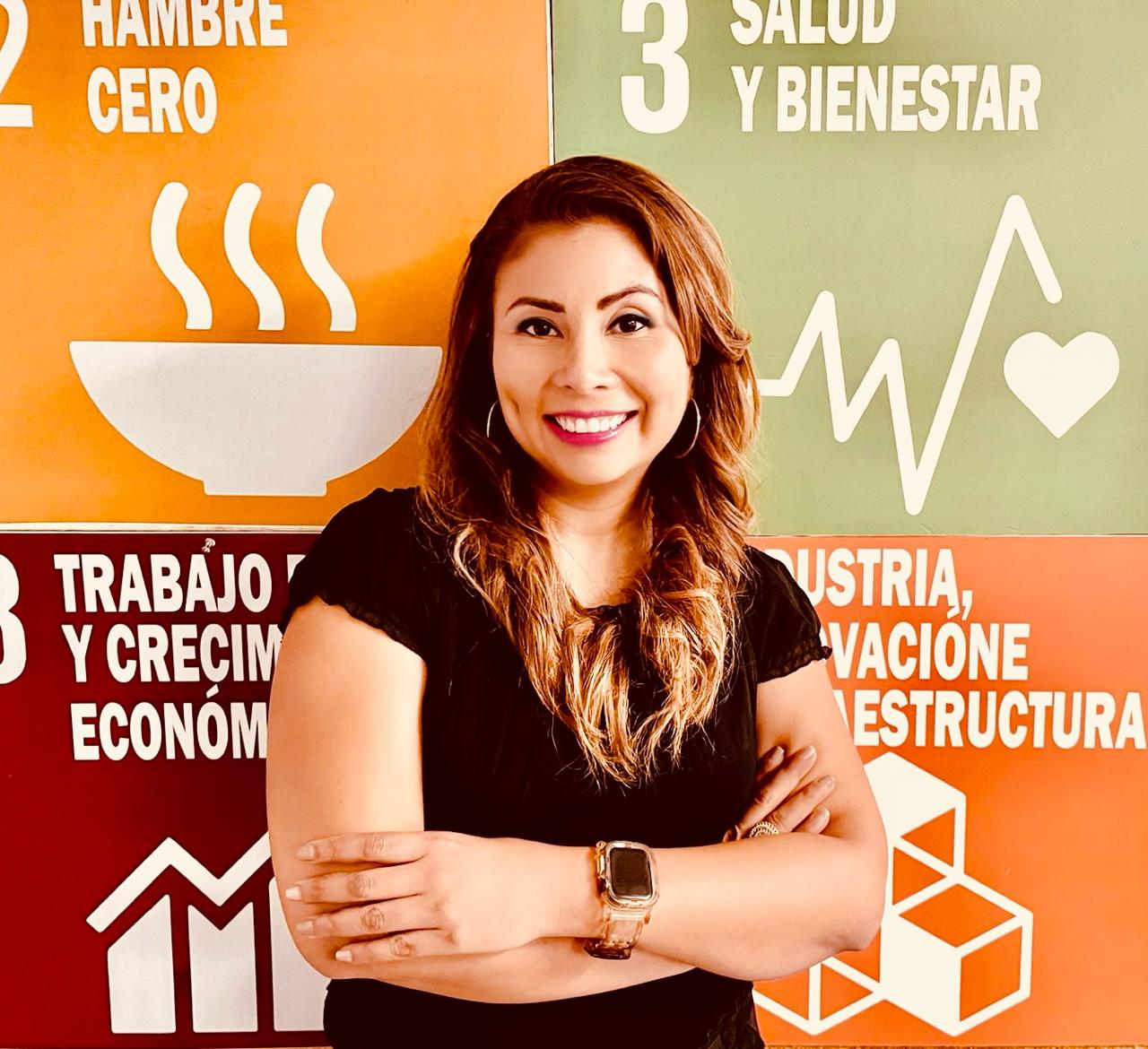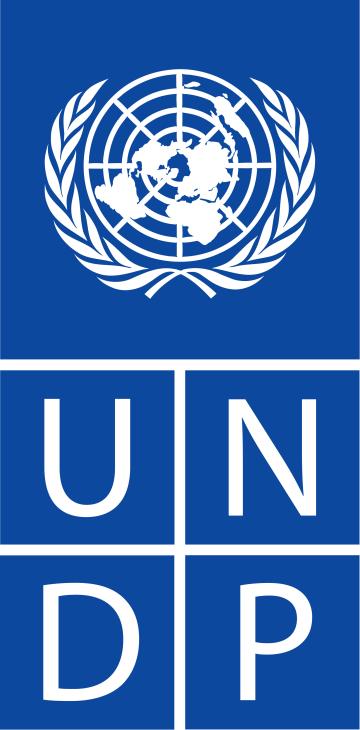
Community based natural resource management in Altai Sayan Mountains

The UNDP supported GEF financed project “Community-based Conservation of Biological Diversity in the Mountain Landscapes of Mongolia’s Altai Sayan Eco-region” worked with local communities within the area to apply community-based management and conservation strategies that empower herder communities to resolve forest and grassland management problems through partnerships with governments and NGOs.
Context
Challenges addressed
Location
Process
Summary of the process
Building Blocks
Formation of community groups and training
Enabling factors
Lesson learned
Strengthening coordination and support at the local level
Enabling factors
Lesson learned
Amendment of the Law on Environmental Protection
Enabling factors
Lesson learned
Impacts
Diversified livelihoods. Over 7,000 herders were given training in wildlife management as well as new trades, including weaving, felt making, dairy product processing, marketing, and tourism Diversification of livelihoods has reduced pressure on resources (the population of globally important target species measurably increased over the project’s lifetime) and gives communities more options during extreme weather conditions. Improved coordination and capacity within the nomadic communities. Once groups of nomadic herders began organizing and managing their own natural resources, they started to support each other in additional ways. Many communities even decided to decrease the number of livestock to reflect what the grasslands could support. They also established a hospitality ger for tourists who want to experience the nomadic life. Fifteen percent of tourism income is put into the community fund and the rest is divided among the household.
